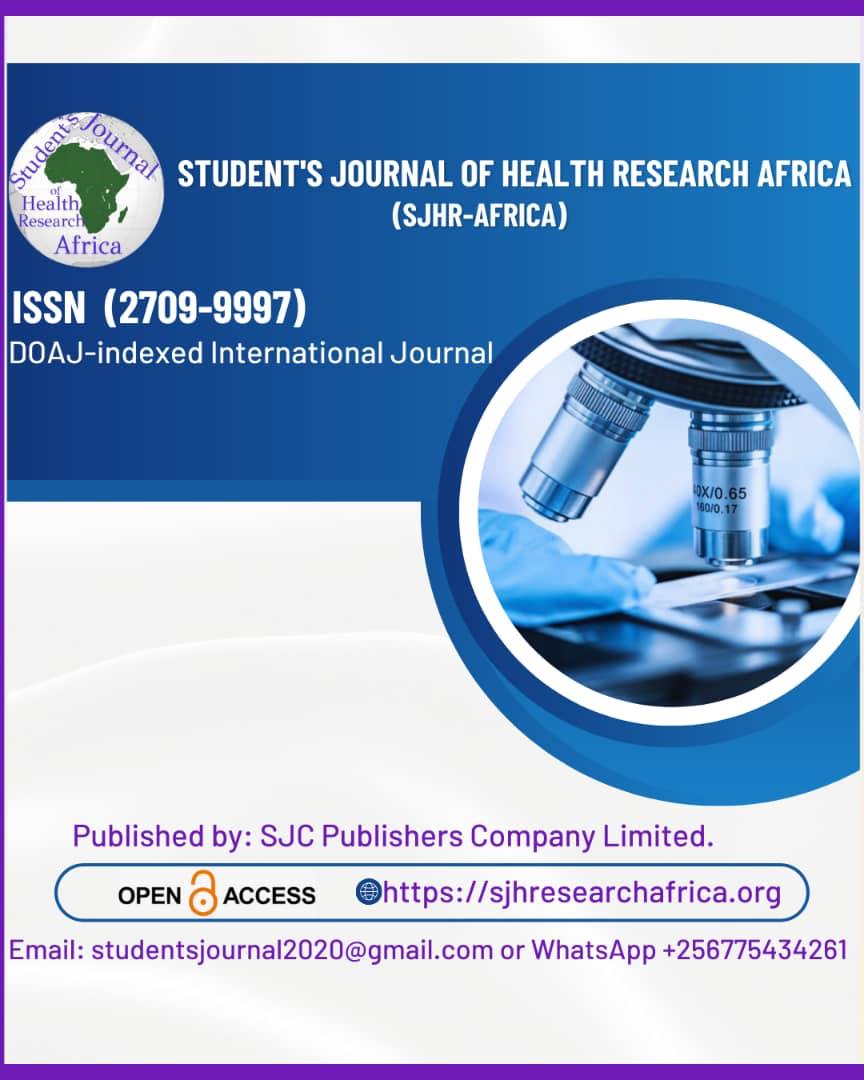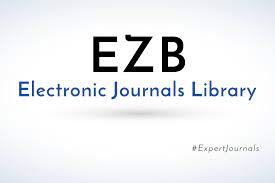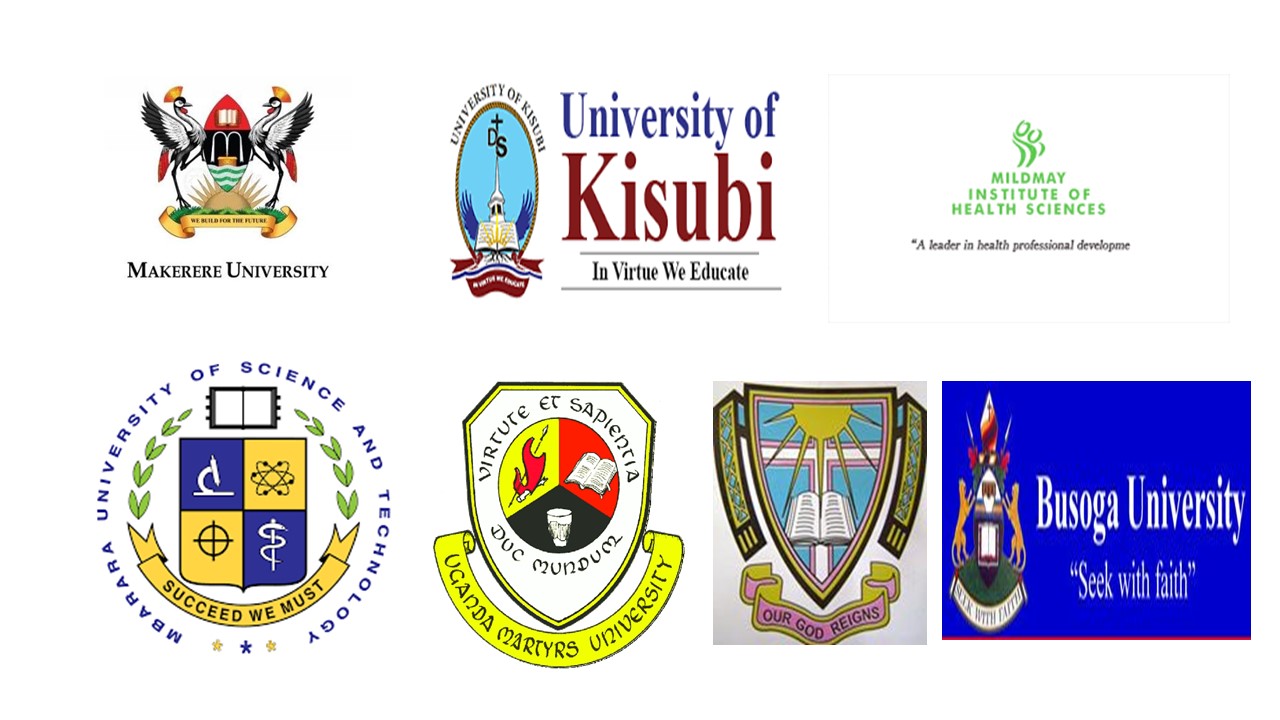In Vitro experimental assessment of Hypericum aethiopicum (Unsukumbili) ethanolic extract against Pseudomonas aeruginosa in wound sepsis: Antimicrobial susceptibility and phytochemical profiling study.
DOI:
https://doi.org/10.51168/sjhrafrica.v6i6.1869Keywords:
Hypericum aethiopicum, Pseudomonas aeruginosa, Wound healing, Traditional medicine, Antimicrobial resistance, Minimum Inhibitory Concentration (MIC), Minimum Bactericidal Concentration (MBC)Abstract
Background
Nosocomial infections, particularly those caused by Pseudomonas aeruginosa, remain a significant public health concern, particularly in resource-limited settings. This Gram-negative pathogen is frequently implicated in wound sepsis and is noted for its resistance to multiple antibiotics.
Aim: This study aimed to investigate the antimicrobial potential of aqueous and ethanolic extracts of Hypericum aethiopicum (locally known as unsukumbili) against P. aeruginosa, with a focus on its application in wound therapy.
Methodology
This study was conducted at Mangosuthu University of Technology in the Department of Biomedical Sciences. The study was carried out in vitro employing a vigorous experimental a. This in vitro experimental study employed a rigorous experimental method to investigate the antimicrobial potential of Hypericum aethiopicum against clinically relevant bacterial pathogens. Methodology was designed to provide reliable, reproducible data while adhering to international standards for antimicrobial testing and ethical research practices.
Plant sample collection and preparation: Leaf samples of H. aethiopicum were harvested early in the morning (8:00 am), where plant cells are said to be active, and processed following the German Homoeopathic Pharmacopoeia standards. Antimicrobial activity was evaluated using the Kirby-Bauer disk diffusion method, and the Minimum Inhibitory Concentration (MIC) and Minimum Bactericidal Concentration (MBC) were determined.
Results
Ethanolic extracts exhibited significantly greater antibacterial activity than aqueous extracts (ethanolic inhibition zone was 24mm while aqueous inhibition zone was 8mm). No substantial difference was observed between fresh and dried leaf samples within each solvent type. MIC assays revealed complete inhibition of P. aeruginosa growth at 1:8 dilution and higher.
Conclusion
The findings suggest that H. aethiopicum ethanol extract demonstrates promising antimicrobial activity against P. aeruginosa, indicating potential for development as an alternative treatment for infected wounds.
Recommendation
Further studies are required to evaluate its toxicity, bioactive compounds, and in vivo therapeutic efficacy.
References
Allel, K. (2023). The impact of inpatient bloodstream infections caused by antibiotic-resistant bacteria in low-and middle-income countries: A systematic review and meta-analysis. PLoS Medicine, 20(6), e1004199. https://doi.org/10.1371/journal.pmed.1004199 PMid:37347726 PMCid:PMC10287017
Benyunes, S. (2005). German Homeopathic Pharmacopoeia: First Supplement. Medpharm GmbH Scientific Publishers.
Cappuccino, J.G., & Sherman, N. (1992). Microbiology: A Laboratory Manual (3rd ed.). Benjamin Cummings.
Das, M., & Goswami, S. (2019). Antifungal and antibacterial properties of guava (Psidium guajava) leaf extract: Role of phytochemicals. International Journal of Health Sciences and Research, 9(2), 39-45. https://www.ijhsr.org/IJHSR_Vol.9_Issue.2_Feb2019/7.pdf
Ghuman, S. (2019). Antioxidant, anti-inflammatory, and wound-healing properties of medicinal plant extracts are used to treat wounds and dermatological disorders. South African Journal of Botany, 126, 232-240. https://doi.org/10.1016/j.sajb.2019.09.008
Golkar, Z., Rochelle, L., & Bagasra, O. (2016). CRISPRs/Cas9 may provide a new method for drug discovery and development. Journal of Molecular Biomarkers & Diagnosis, 7(6), 280. https://doi.org/10.4172/2155-9929.1000280
Kariuki, S. (2022). Antimicrobial resistance rates and surveillance in Sub-Saharan Africa: Where are we now? Infection and Drug Resistance, 15, 3589-3609. https://doi.org/10.2147/IDR.S342753 PMid:35837538 PMCid:PMC9273632
Lima, L.M. (2020). β-Lactam antibiotics: An overview from a medicinal chemistry perspective. European Journal of Medicinal Chemistry, 208, 112829. https://doi.org/10.1016/j.ejmech.2020.112829 PMid:33002736
Mendelson, M., (2024). Ensuring progress on sustainable access to effective antibiotics at the 2024 UN General Assembly: A target-based approach. The Lancet. https://doi.org/10.1016/S0140-6736(24)01019-5 PMid:38797179
Mills, E., et al. (2005). African herbal medicines in the treatment of HIV: Hypoxis and Sutherlandia. Nutrition Journal, 4(1), 19. https://doi.org/10.1186/1475-2891-4-19 PMid:15927053 PMCid:PMC1156943
Murray, C.J., et al. (2022). Global burden of bacterial antimicrobial resistance in 2019: A systematic analysis. The Lancet, 399(10325), 629-655. https://doi.org/10.1016/S0140-6736(21)02724-0 PMid:35065702
Nsele, L., & Thembane, N. (2023). Antimicrobial resistance patterns in paediatric patients: A retrospective analysis of microbial isolates and antibiotic susceptibility. Student's Journal of Health Research Africa, 4(6), 9. https://doi.org/10.51168/sjhrafrica.v4i6.467 PMid:37623601 PMCid:PMC10455484
Salam, M.A., et al. (2023). Antimicrobial resistance: A growing serious threat to global public health. Healthcare, 11(13), 1946. https://doi.org/10.3390/healthcare11131946 PMid:37444780 PMCid:PMC10340576
Vaou, N., et al. (2021). Towards advances in medicinal plant antimicrobial activity: A review study on challenges and future perspectives. Microorganisms, 9(10), 2041. https://doi.org/10.3390/microorganisms9102041 PMid:34683362 PMCid:PMC8541629
Downloads
Published
How to Cite
Issue
Section
License
Copyright (c) 2025 Mally S.R. Mamkhize, Dr N.W. Nsele, Dr. S. Ghuman

This work is licensed under a Creative Commons Attribution-NonCommercial-NoDerivatives 4.0 International License.






















